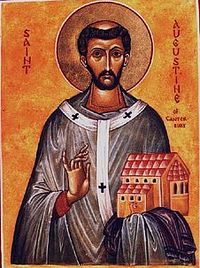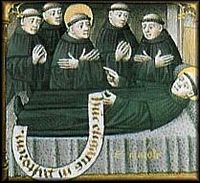Religious beliefs have been amongst the most powerful motivators of human behaviour since prehistoric times, and have shaped our society, our environment and our culture.
In Ewyas Lacy and the Welsh Marches the historical legacy reflects the transitions from paganism to Christianity, ranging from Bronze Age burial sites to legends of the ancient origins of many of the parish churches. Monastic ruins speak of the ways in which both the Normans and the Welsh sought to use religion to promote their causes in the border wars that lasted from the Conquest through to the 15th century, and of the effects of the English Reformation that led to the abrupt dissolution of the monasteries in the 16th century. The English Civil War in the 17th century, fuelled by Protestant dissension, left its mark too, as did the subsequent growth of nonconformist Baptist and Methodist churches which remain active in the area.
Throughout the post-Norman period the ecclesiastical parishes were also a crucial focus for local communities and for civil administration. The changing emphasis between these two roles reflects the historical evolution of the settlement between church and state, and the gradual erosion of the wealth and power of the church.
| |




